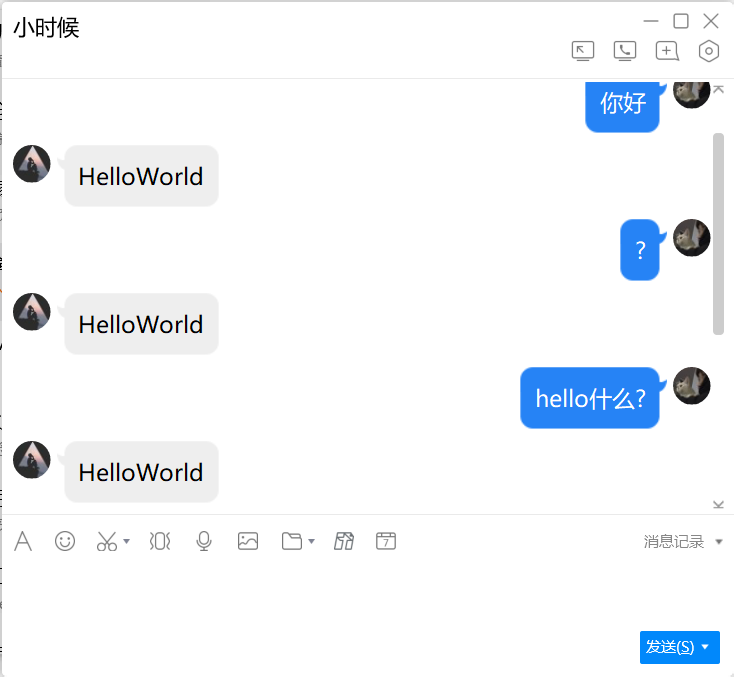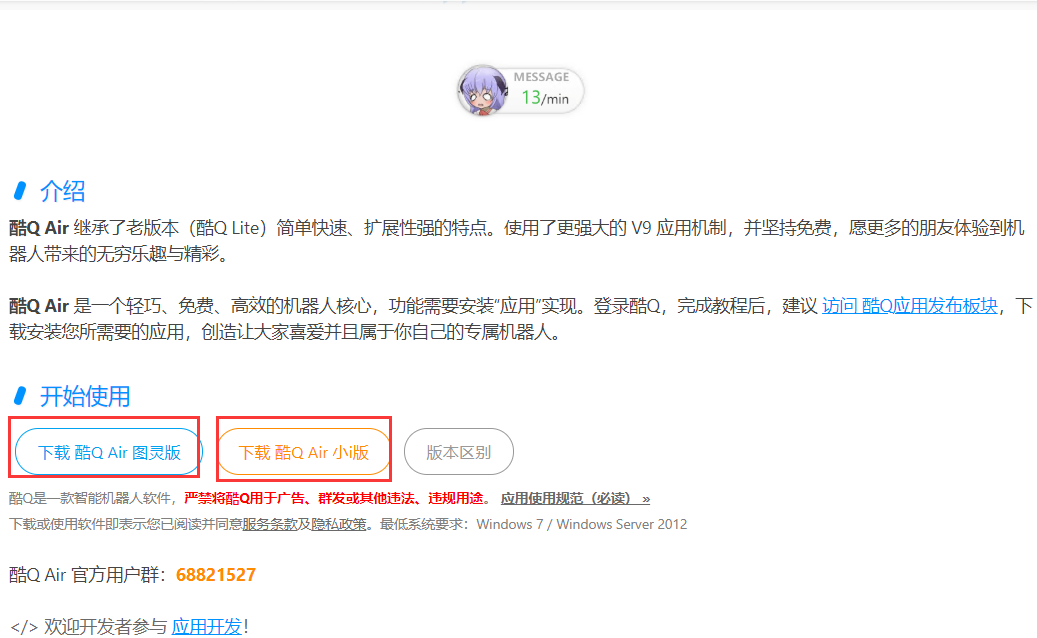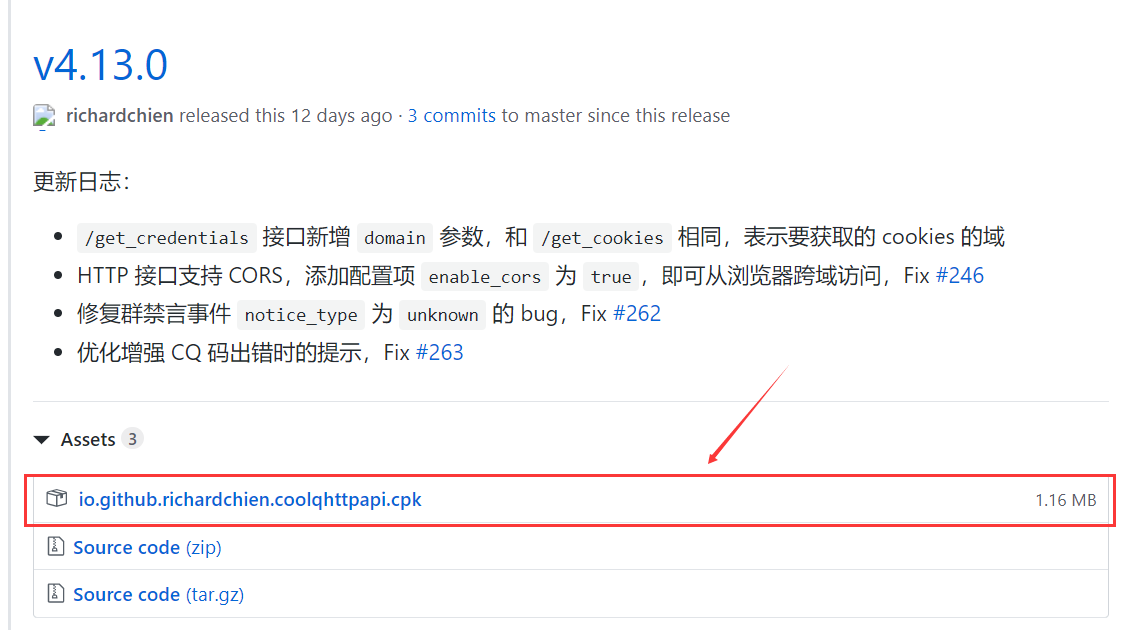After reading this blog, you will be able to
- qq message second speed 99+
- Build cloud environment (or virtual machine) and deploy qq robot
- Using springboot to write a simple hello world for your artificial mental retardation
inspiration source
- Viagra's blog
- Be based on Cool Q A plug-in for coolq-http-api
Local deployment
Step 1: Download coolq and plug-in coolq HTTP API
Step 2: unzip coolq and add coolq HTTP API
Unzipped directory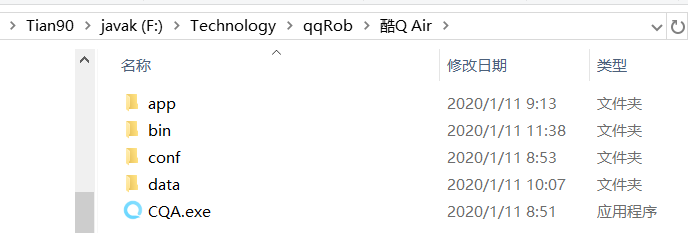
Copy the plug-in to the app
Step 3: open ku Q and get familiar with the basic operation
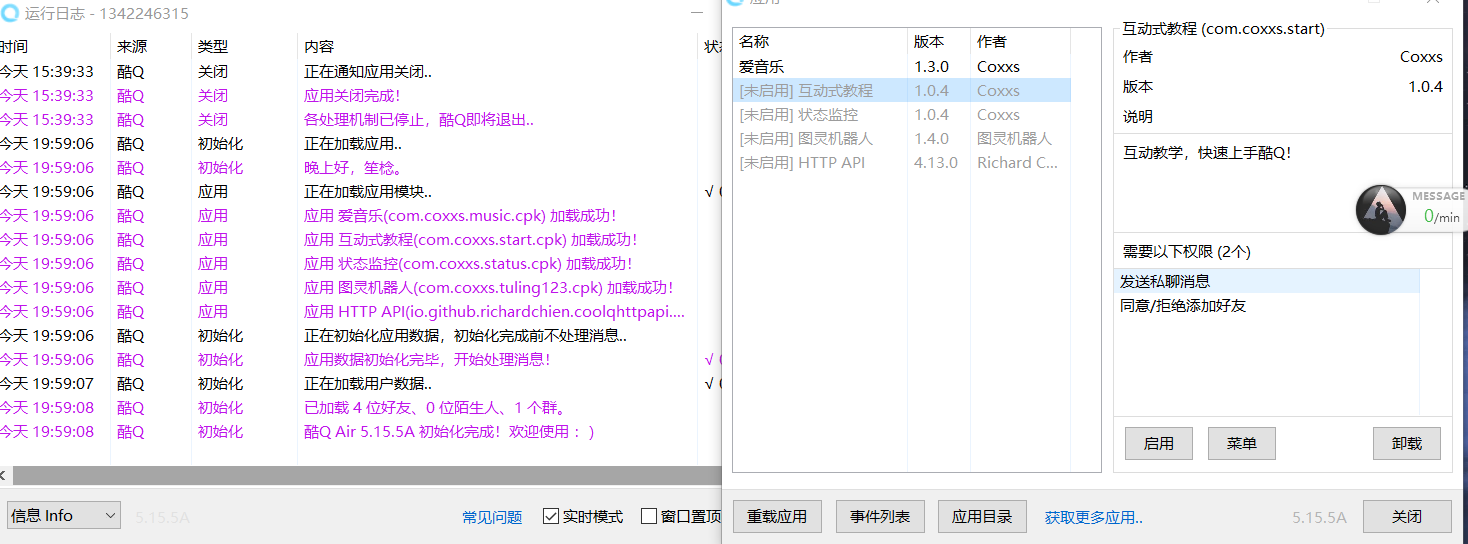
Step 4: start the plug-in to achieve 999 second speed+
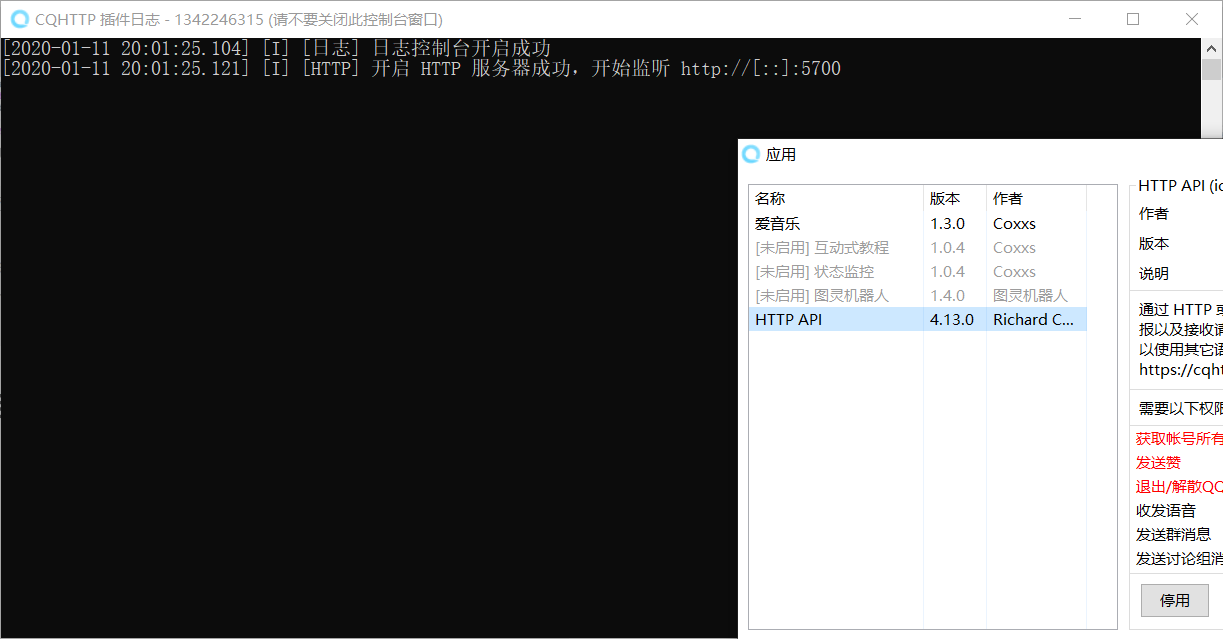
Then write a url according to the api, and cycle through it. If you want to be more violent, open several more threads
public static void main(String[] args) throws IOException { String senMsg = "http://127.0.0.1:5700/send_private_msg"; sendGet(senMsg, "user_id=Fill in the other party's qq Number&message=Fill in the content to be sent here", 20);//That's the number of bombings left } public static String sendGet(String url, String param, int n) { String result = ""; BufferedReader in = null; try { String urlNameString = url + "?" + param; URL realUrl = new URL(urlNameString); // Open connection to URL for (int i = 0; i < n; i++) { URLConnection connection = realUrl.openConnection(); // Set common request properties connection.setRequestProperty("accept", "*/*"); connection.setRequestProperty("connection", "Keep-Alive"); connection.setRequestProperty("user-agent", "Mozilla/4.0 (compatible; MSIE 6.0; Windows NT 5.1;SV1)"); // Establish the actual connection connection.connect(); // Get all response header fields Map<String, List<String>> map = connection.getHeaderFields(); // Traverse all response header fields for (String key : map.keySet()) { System.out.println(key + "--->" + map.get(key)); } // Definition BufferedReader Input stream to read URL Response in = new BufferedReader(new InputStreamReader( connection.getInputStream(), "UTF-8")); String line; while ((line = in.readLine()) != null) { result += line; } } } catch (Exception e) { System.out.println("Send out GET Exception in request!" + e); e.printStackTrace(); } // UsefinallyBlock to close the input stream finally { try { if (in != null) { in.close(); } } catch (Exception e2) { e2.printStackTrace(); } } return result; }
Cloud deployment
Step 1: install the docker plug-in. If you are interested, you can study more API s
Follow this tutorial CoolQ HTTP API plug in
Step 2: log in to ip+9000 port
It's a wine interface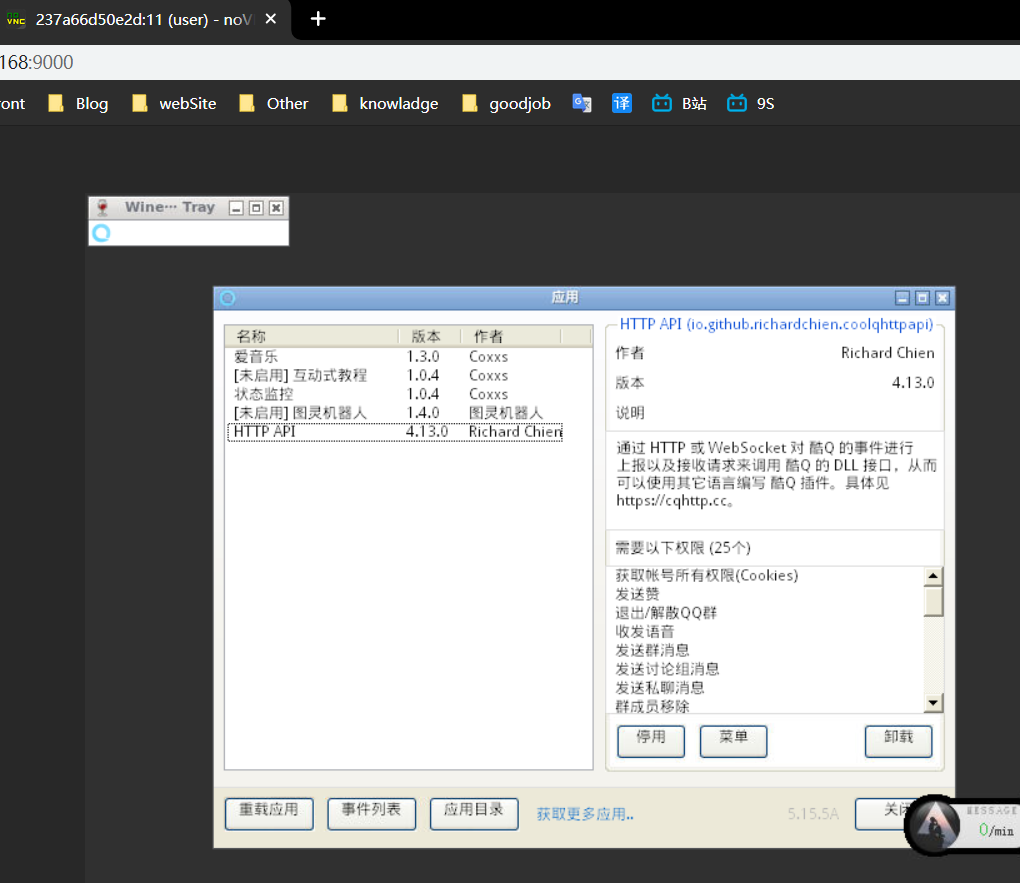
Note: change to the url of your project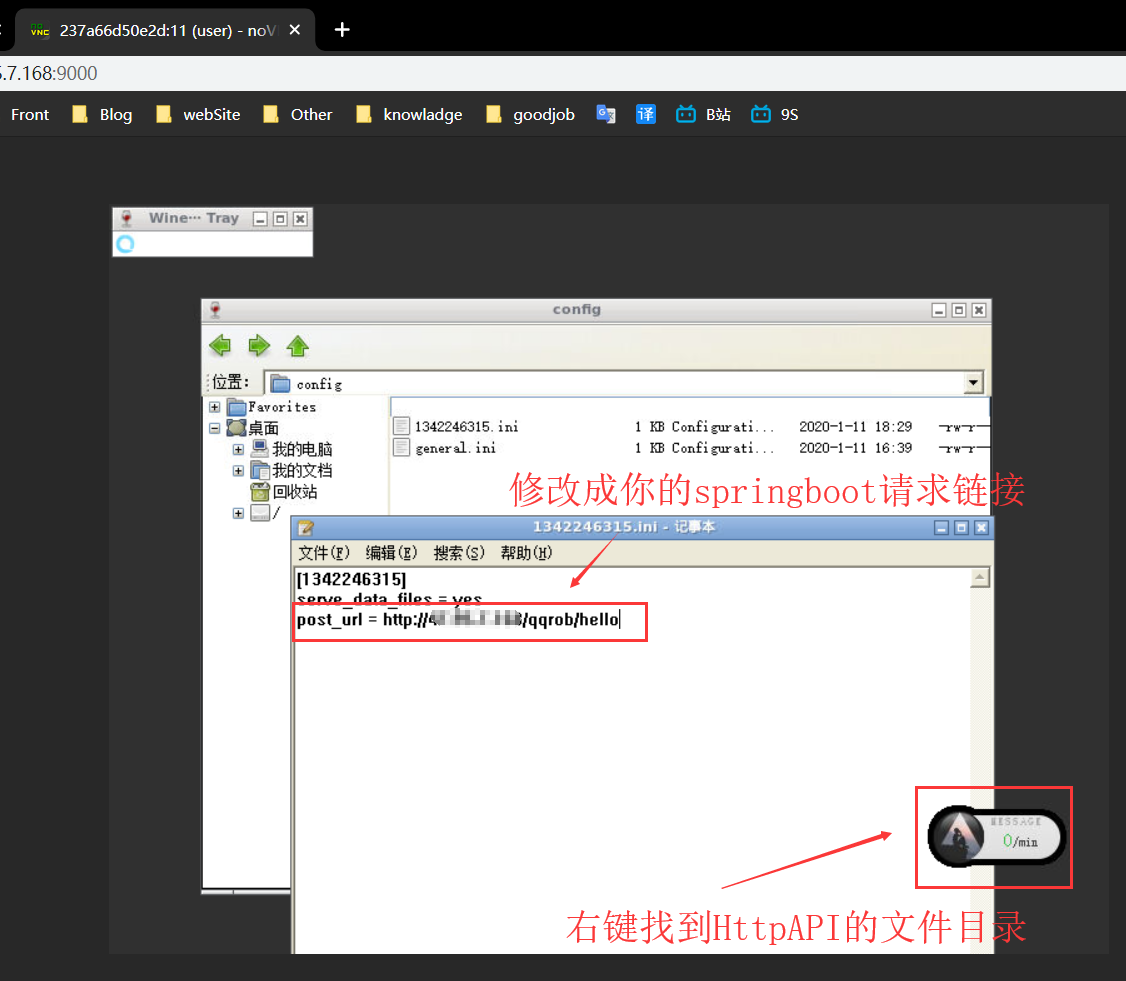
Step 3: write the springboot project
public class HelloWorldController { @ResponseBody @RequestMapping("/hello") public String hello(String message){ sendGet("http://xx.xx.xx.xx:5700/send_private_msg","user_id=xxxxx&message=HelloWorld", 1); return "success"; } public static String sendGet(String url, String param, int n) { String result = ""; BufferedReader in = null; try { String urlNameString = url + "?" + param; URL realUrl = new URL(urlNameString); // Open connection to URL for (int i = 0; i < n; i++) { URLConnection connection = realUrl.openConnection(); // Set common request properties connection.setRequestProperty("accept", "*/*"); connection.setRequestProperty("connection", "Keep-Alive"); connection.setRequestProperty("user-agent", "Mozilla/4.0 (compatible; MSIE 6.0; Windows NT 5.1;SV1)"); // Establish the actual connection connection.connect(); System.out.println("has been sent"); // Get all response header fields Map<String, List<String>> map = connection.getHeaderFields(); // Traverse all response header fields for (String key : map.keySet()) { System.out.println(key + "--->" + map.get(key)); } // Definition BufferedReader Input stream to read URL Response in = new BufferedReader(new InputStreamReader( connection.getInputStream(), "UTF-8")); String line; while ((line = in.readLine()) != null) { result += line; } } } catch (Exception e) { System.out.println("Send out GET Exception in request!" + e); e.printStackTrace(); } // UsefinallyBlock to close the input stream finally { try { if (in != null) { in.close(); } } catch (Exception e2) { e2.printStackTrace(); } } return result; } }
Step 4: deploy the project to tomcat
Step 5: talk to artificial mental retardation
